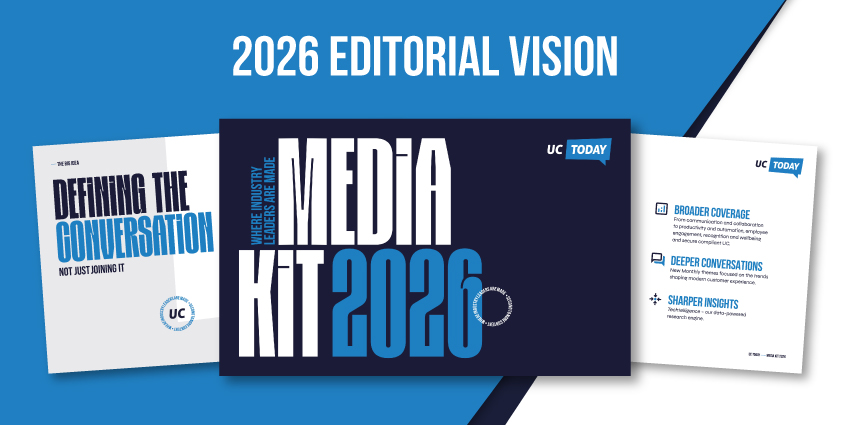As messaging platforms become central to business to client communication, enterprises in regulated sectors face a quiet crisis.
Channels like WhatsApp, iMessage, WeChat, and SMS, once consumer tools, are now deeply embedded in business workflows. Yet their use has far outpaced governance infrastructure, creating gaps in established systems designed to manage auditability, data retention, and policy enforcement.
For regulated industries which have stringent communication transparency obligations, this exposes them to serious regulatory risks.
This is because the messaging platforms employees use daily were not designed with compliance in mind. They store messages locally, offer disappearing messages, and operate on personal devices, leaving compliance teams with limited oversight and little ability to enforce record-keeping standards.
“The compliance landscape is shifting fast,” said Ari Applbaum, VP of Marketing at LeapXpert. “The messaging ecosystem has evolved faster than the compliance tools available to enterprises. That’s left a gap, one where businesses are exposed, not maliciously, but simply because the infrastructure isn’t there yet.”
Such consequences are not just theoretical. In 2024, the US SEC charged 12 firms in its so-called WhatsApp investigations for failing to retain employees’ electronic conversations.
Many organizations may be falling foul of these legislations under the mistaken belief that these platforms provide sufficient client messaging compliance coverage due to features like end-to-end encrypted messaging. But as Applbaum warns, it’s not just about data protection, it’s about data management.
“End-to-end encryption is not enough,” he said. “You have to look at where data is stored, how it’s processed, and who controls the encryption keys.”
Without visibility and control over message handling, enterprises lack the audit trails and retention guarantees regulators demand.
Why Traditional Messaging Platforms Fall Short on Compliance
Compliance laws in finance, healthcare, and similar sectors require all communications related to operations to be stored for scrutiny.
When email was the primary communication tool, compliance was simpler: settings could ensure all emails remained on cloud servers.
However, preferences have since shifted toward immediate, responsive communications. Staff are increasingly messaging colleagues and customers on personal WhatsApp accounts.
Yet unlike business emails, these chats occur outside corporate communication umbrellas. This means if an audit demands all communications on a certain account, companies cannot provide it as they do not have control of the data.
Even if individuals try to provide their own fragmented transcripts from personal accounts, lack of control means data may contain deleted messages or self-wiping conversations, still putting companies at risk.
“Disappearing messages and message edits can be seen by regulators as intentional destruction of records unless you can track and log every iteration,” Applbaum explained.
Most messaging apps lack controls for data retention policies, supervisory monitoring, audit trails, and legal hold, essential features in regulated sectors.
“Without features like bring-your-own-key encryption or full message logging, organizations can’t maintain true data ownership or prove compliance,” Applbaum added.
Fragmented communication compounds the issue. Employees use different channels for different clients, making uniform compliance policies difficult.
“Separate tools for each channel mean separate policies, separate logs, and separate risks,” Applbaum said.
Thus, off-channel messaging and compliance are incompatible, but this new culture of communication doesn’t have to be.
Inside the Architecture of a Compliant Messaging Ecosystem
So how should organizations build messaging systems that meet compliance demands? Applbaum outlines a four-part approach: centralized communications capture, zero trust architecture, native API integrations, and certified vendor partnerships.
“Start by unifying all your messaging channels into a single platform,” he advised. “Then layer on messaging governance, monitoring, and controls.”
This unification is crucial, as without centralization, “governance is blind.”
LeapXpert exemplifies this approach. Their platform integrates natively with consumer messaging apps like WhatsApp and iMessage, using official server-side APIs. This avoids insecure wrapper workarounds and enables enterprises to capture messages and full metadata with compliance-grade audit trails.
Importantly, LeapXpert’s solution enables centralized oversight of all messaging activity, regardless of channel.
“You can capture the content, archive it, govern it, and monitor it all from one place,” Applbaum said. “That’s essential to meet compliance obligations across multiple jurisdictions and departments.”
The architecture is zero trust from the ground up. Every user, message, and device is authenticated, and encryption keys are managed under enterprise control.
“Zero trust means no implicit trust, not even inside the firewall,” Applbaum noted.
This means that the data are also protected from attacks, which could otherwise through the audit trail into disarray.
LeapXpert’s security posture has been independently audited and certified, providing confidence it can withstand scrutiny.
The Payoff of Centralized Oversight
Building a compliant messaging environment offers benefits beyond avoiding fines. In regulated industries, it’s becoming a strategic differentiator.
Companies offering clients transparent, compliant, and convenient communication on their platform of choice build trust, foster personal relationships, and reduce friction in high-stakes interactions thanks to these apps messaging speed.
Central to this is the concept of a “single professional identity.” “It’s the idea that one number can be used across all channels, giving employees a unified communication presence,” Applbaum explained.
The single professional identity, which LeapXpert helped pioneer “simplifies governance, eliminates shadow IT, and reassures clients.” This allows your staff to continue using the communication platform of their choice, puts all communication data back under the company’s communication umbrella and gives a single number that clients can recognize and verify for each interaction.
This centralized platforms also helps companies unlock governance capabilities such as role-based access, legal hold, and automated data retention enforcement, all without disrupting daily workflows. Compliance thus becomes not just a defensive measure, but a path to modernization.
Compliance: Your Key to Embracing the Full Spectrum of Enterprise Communication
In regulated industries, failing to govern employee messaging is not just a technological oversight, it’s a compliance failure that’s becoming too dangerous to ignore.
LeapXpert’s approach shows you can harness the full spectrum of enterprise communication by making it centralized, auditable, and seamlessly integrated into existing workflows.
As Applbaum put it, “If you do it right, centralize, govern, train, and vet your vendors, then you can finally get the full benefit of messaging without the risk.”
For leaders in financial services, healthcare, and law, using solutions like LeapXpert’s can help you turn your weak link into your strategic advantage—empowering your organization to confidently embrace compliance while unlocking the full potential of enterprise messaging. Don’t let messaging mayhem hold you back; take the first step toward compliance confidence today.







